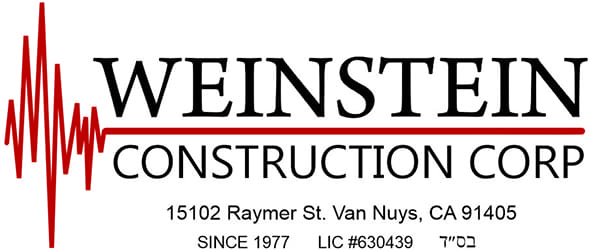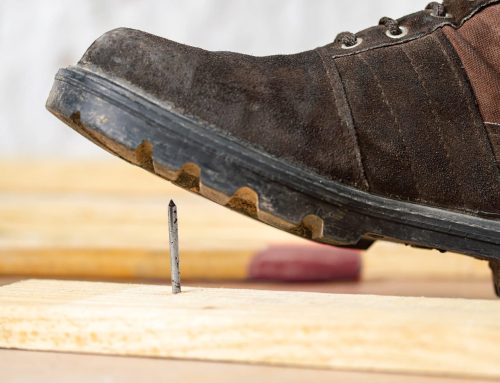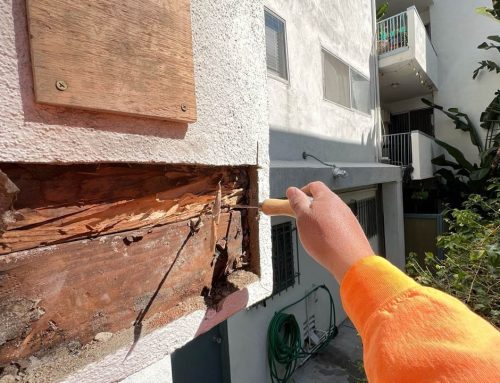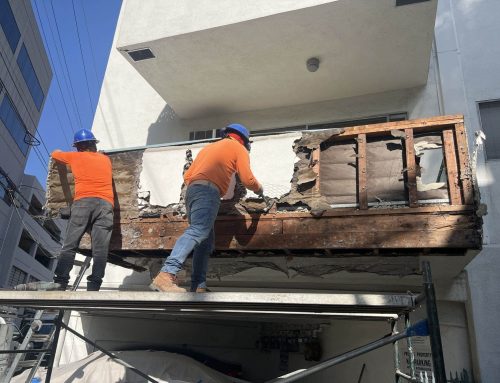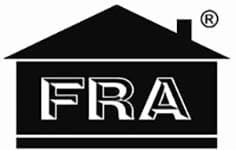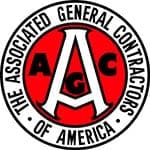The average life expectancy for a commercial roofing system is about 20 years–meaning that 5% of residential, industrial and institutional roofs in the United States need replacement every year. But, considering the current state of the economy, some of these roofs may be patched or repaired (relatively cheaper) instead of replaced (relatively more expensive). Practically speaking, this can only be achieved for so long as repair costs may inevitably become prohibitive; a roofing system finally becomes necessary for owners and managers of existing buildings.
Materials and systems have abundant options. A new single-ply roofing system can be mounted directly over the existing roof in some situations (depending on current roof weight and building codes). This retrofit scenario provides many advantages: Re-covering typically ensures that building activities will proceed “business as usual” with minimal disruption. Installation will also be quicker than a tear-off design.
If the old roof system and insulation still have good quality (more on that below), the new retrofit roof should ensure that values remain. Additional R-value can be introduced with new insulation layer between old deck and new single-ply membrane.
The prevalent option roofing system 20 years ago was black-built or EPDM. The demand has since shifted significantly towards lighter-colored, translucent single-ply thermoplastic systems made of polyvinyl chloride (PVC) or polyolefin (TPO) membranes. High solar reflectivity offered by these white membranes can help meet the “EB” (Existing Buildings) LEED requirements. While LEED certification is not in the plans for a building retrofit project, white roofing systems can help reduce energy consumption of the facility and conserve other building components. Owners and managers who choose to patch their current, aging systems delay the opportunity to reduce their energy bills as well as other environmental benefits. Because they’re lightweight, less fuel is needed to deliver product to the site. And as 5-10% of landfill waste currently consists of roofing materials, no tear-off means less old roofing material ends up in the local dump.
A number of players could be involved in larger retrofit ventures, including designers and contractors, as well as owner / manager, roofing contractor, and likely sales representative of the company. How everyone works together depends on the roofing installation’s complexity or size.
For smaller projects, communication may be limited to the building owner and contractor, and it is important that both work well together and communicate effectively to ensure the project’s success. A building owner or manager should ask several questions before hiring a contractor: can the contractor provide customer-satisfied references?
What’s the experience with similar installations?
What’s his experience with installing the product?
Most manufacturers have introduced a performance rating system (often conducted under so-called “Master” or “Elite” Contractor programs) to ensure expertise for contractors installing their roofing systems. Such rating systems are intended to give trust to building owners and managers that the roof will be built to high-quality standards.
Certainly, professionalism and expertise are vital attributes for any roofing design, whether new or retrofit. Nevertheless, if a new roofing membrane is to be mounted over an existing roof, the owner / manager should expect the contractor to thoroughly inspect the current roof to ensure trouble-free installation: the contractor must conduct core cuts and/or infrared scans to identify any moisture issues in the deck or insulation. He / she must fix any damaged or saturated roof areas.
Study rooftop drainage and include correct water-directing equipment and installation materials.
Ensure the new membrane is compatible with the existing, and if not, add a suitable separator.
Check local codes for suitable roof overlays.
Whatever type of retrofit system is installed, owners and managers should check the specifications of roofing manufacturers and the warranties available for the specific installation being considered.
When it comes to the actual retrofit installation itself, the contractor should provide several services to ensure overall project integrity: qualified employees with adequate experience. Single-ply roofing membranes are either mechanically attached to the roof deck using penetrating fasteners or fully attached to an adhesive bonding product. (Single-ply systems may also be ballasted, but this may be prohibited in some places.) They require different skill sets.
“Pull-testing” the current deck for choosing the correct fastening technique for the new membrane, whether attached or adhered.
Repairing damp or otherwise poor deck areas. This may require tear-off and/or “refill” gaps or holes.
Preparation including debris roof washing.
Equipment that will enable the project to be completed, including loading roofing materials on the building and removing scraps and other refuse at the end of each day.
Safety equipment such as guard rails and fall protection harnesses for employees to use during roofing installation.
In this economy, obtaining funding for large roofing projects can be challenging for existing owners and managers. Nonetheless, retrofit solutions can minimize costs, offering “no-tear-off” options that do not interfere with building operations and can reduce energy usage. Instead of continuing to invest in short-term repairs such as patching, facility owners and managers must find a cost-effective retrofit approach that offers long-term, watertight building integrity.
